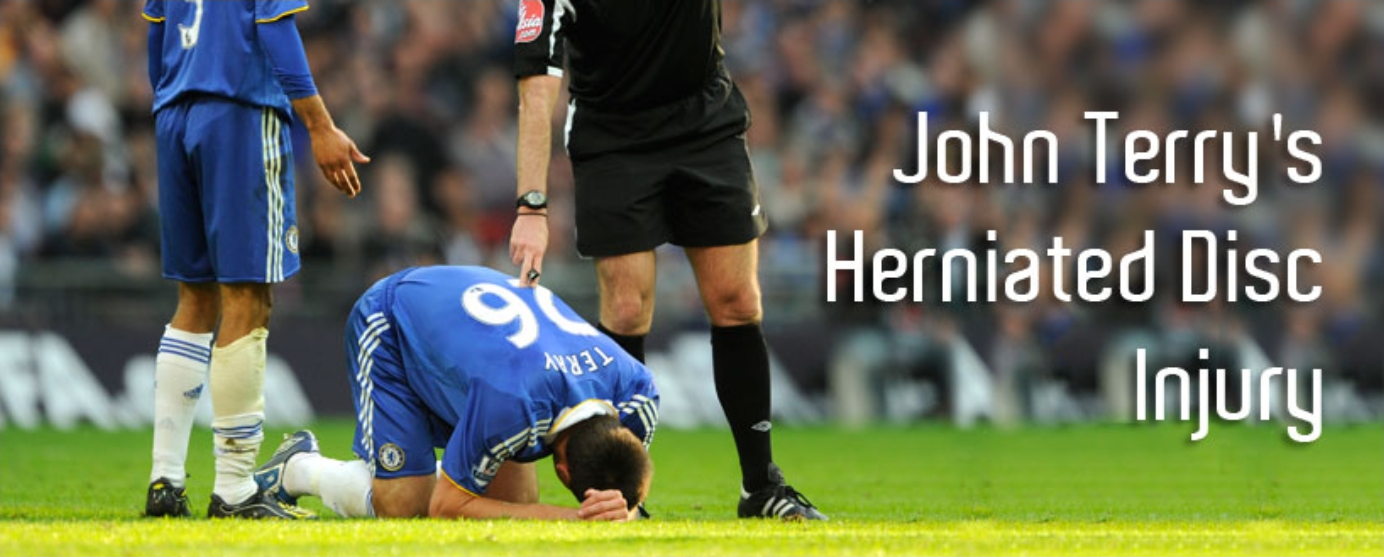
The Injury
John Terry suffered a herniated disc in December 2006. As well as producing low back pain, lower lumbar disc problems can cause pain, loss of sensation and weakness along the course of the Sciatic nerve, down the back of the leg. Terry’s symptoms affected his back and calf in particular.
The Treatment
Although most herniated disc problems settle with physiotherapy treatment, it was decided that back surgery would be the best solution for Terry. The England captain underwent a microdiscectomy with Dr Jean Destandau a neurosurgeon in Bordeaux, France. The operation removed the herniated lumbar disc using an arthroscopic technique. This means that the portion of the affected disc that was pressing against the Sciatic nerve was removed using keyhole surgery, which meant there was no cut through muscle or ligament tissue.
Terry began running the day after surgery under the supervision of Chelsea doctor, Bryan English, who declared, “We are not going to do anything with John that is going to cause him problems. I am not in the game of pushing him out there because it is for the benefit of Chelsea – but I also don’t want to hold him back unnecessarily.”
Core stability exercises are a major part of the rehabilitation and restoration of normal function following disc problems and spinal surgery. These exercises are most effective where the problem is caused by poor postural habits. The Stabilizer Pressure Biofeedback device is very useful for practising these specific exercises, once the correct technique has been mastered under the guidance of a Chartered Physiotherapist.
The Outcome
Terry returned to full Premiership action after only eight weeks out, although Chelsea dropped nine points during their captain’s back surgery lay off.
What you can do
| Consult a sports injury expert | |
| Remain active and apply heat therapy for pain relief | |
| Wear a back brace to improve posture & relieve pain | |
| Use a back stretcher to assist the healing process | |
| Exercise with a Swiss Ball to increase lower back muscular stability | |
| Use a seating support to improve posture whilst sitting | |
| Practice exercises to strengthen spine stabilising muscles |


